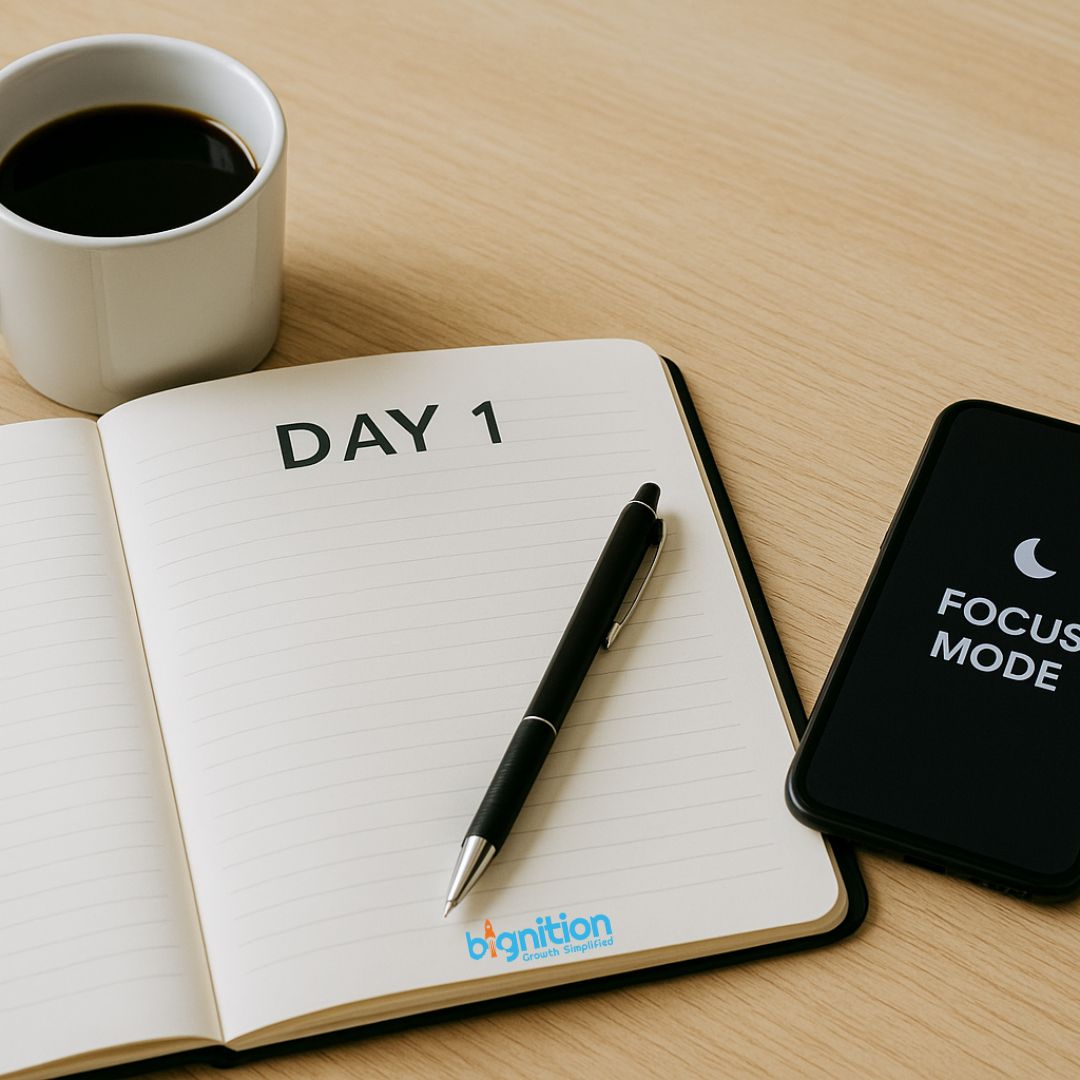Busy is easy.
But building a producer who closes?
That takes precision.
Most sales teams confuse motion with progress — grinding through calls with no real clarity on whether they’re winning. The fix? A simple, ruthless system built on insurance sales KPIs that tie 12-month revenue goals to daily action.
This post shows you how to build it — and why it works.
Set a Goal That’s Real — Not a Fantasy
“Grow my book” is a hope. Not a plan.
If you want your team to execute like professionals, start by anchoring everything in a clear annual revenue target. Let’s say that target is $75,000 in net new revenue.
- Average account size: $8,000
- $75,000 ÷ $8,000 = approximately 10 new accounts
Now you’re no longer working off a vague wish — you’ve got a real, measurable objective.
Reverse Engineer the Activity (With Math, Not Maybes)
Sales isn’t guesswork — it’s math.
If it takes two appointments to close one deal, and your team needs 10 new accounts, that means 20 qualified appointments for the year.
Now add real-world friction:
- Some prospects won’t show
- Others will ghost
- A few won’t qualify
Plan for at least 25 appointments to stay on track.
With a dial-to-appointment ratio of 8:1, that means:
- 200 dials per month
- 10 dials per business day
This is the backbone of high-performance insurance sales KPIs — grounded in actual conversion ratios, not hope.
Make Daily Action Non-Negotiable
Most producers fail because they don’t translate the goal into daily execution.
Here’s how to map it out:
- Define the revenue target: $75,000
- Confirm average account size: $8,000
- Calculate needed accounts: 10
- Factor in close and qualification rates: 50%
- Set appointments needed: 25
- Determine your dial-to-appointment ratio
- Convert that to daily dials
This isn’t theory. It’s the math behind momentum. If someone’s ratio is worse, they need to dial more. The data tells the story.
Track What Actually Matters
A spreadsheet doesn’t change behavior. Visibility does.
Every producer should be tied into a KPI dashboard that’s reviewed weekly — not monthly, not “when there’s time.”
What should be on that dashboard:
- Appointments set (real ones, not “maybe next week”)
- Qualification ratio
- Closing ratio
- Average account size
- Net new revenue closed
Whatever CRM or system you use, make it visible. When the team can see the numbers in real time, improvement becomes inevitable.
Fix Bottlenecks Before They Break the Funnel
Falling short isn’t a mystery — it’s a system failure.
Maybe the lead list is outdated.
Maybe the script is flat.
Maybe the producer doesn’t know how to qualify.
Dig into the data:
- A producer with lots of meetings but no closes? Training issue.
- Great closer who barely books appointments? Prospecting issue.
- Dropping conversion rates across the board? Message-market mismatch.
Don’t wait for Q3 to find the problem. Diagnose it in Q1.
Make KPIs the Operating System — Not a Campaign
Most KPI efforts fade after two weeks. Producers track dials for a few days, then fall back into busywork.
That’s not a performance culture — that’s noise.
Make insurance sales KPIs part of your team’s DNA.
- Review them in every 1:1
- Adjust based on performance every month
- Build coaching and recognition around them
The goal isn’t to babysit. It’s to build a system where clarity breeds confidence and confidence drives results.


